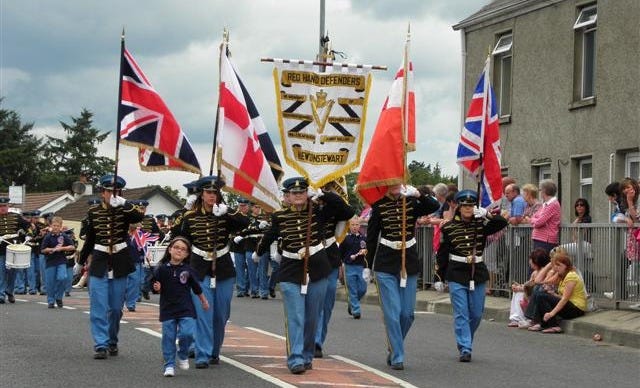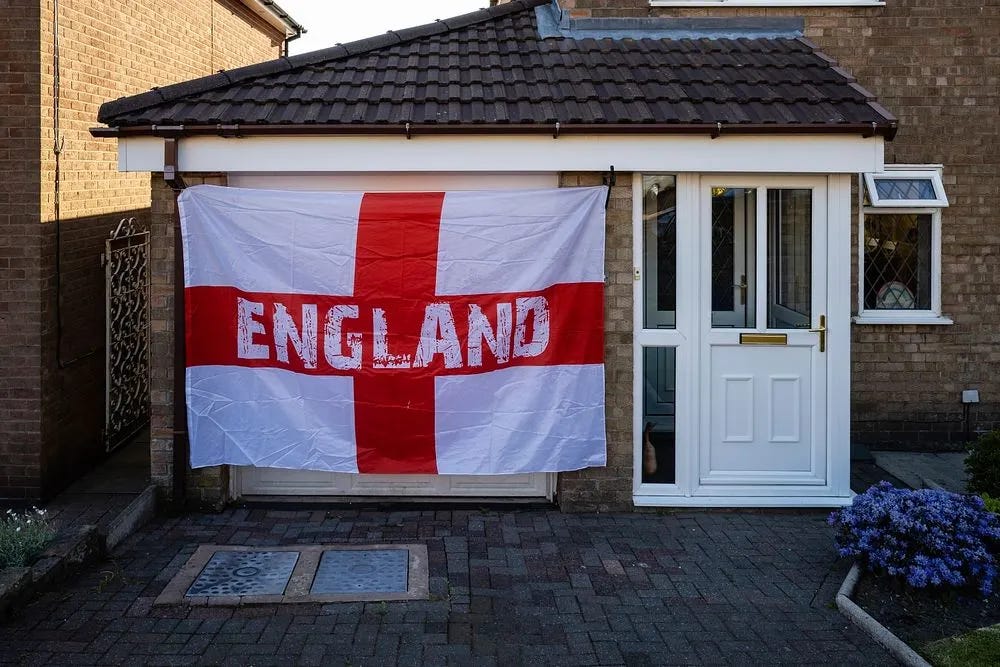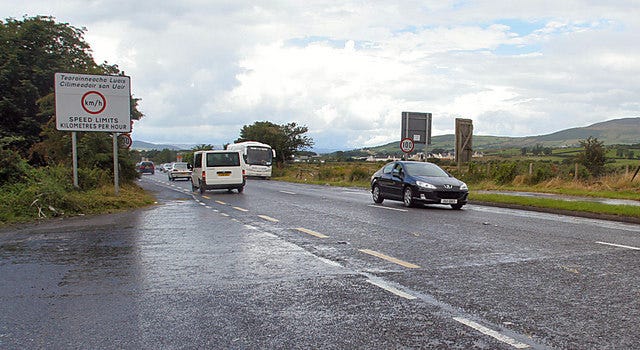The Northern Irelandification of British politics
After decades of viewing it with detachment and disdain, Britain is getting a taste of Northern Ireland’s complex politics
The UK government has not always sent its best people to Northern Ireland. The officeholder may be a full member of the cabinet, but it is hardly considered a plum role. For every Mo Mowlam and Sir Patrick Mayhew, there have been several Merlyn Reeses, Roy Masons and Theresa Villiers(es).
But perhaps the most openly incompetent incumbent was Karen Bradley who, shortly after being appointed to the position, made the following extraordinary admission in an interview with The House Magazine:
“I didn’t understand things like when elections are fought for example in Northern Ireland, people who are nationalists don’t vote for unionist parties and vice-versa. So, the parties fight for the election within their own community… That’s a very different world from the world I came from.”
To be fair, this would represent new information to most people living in mainland Britain. But to be even fairer, Bradley was the Secretary of State for Northern Ireland. Not knowing this would be like the Health Secretary revealing they were not aware that hospitals treated patients or a fully grown adult confessing that until recently they believed librarians wrote all the books in the library. “I just thought they were really prolific.”
Northern Ireland and me
I am no Northern Ireland expert, though as a junior Treasury official I did attempt to set the Northern Ireland Executive’s budget in late 2016. The Stormont government proceeded to collapse several weeks later, though I reassure myself that was a consequence of Martin McGuinness resigning in protest over the Renewable Heat Incentive scandal, rather than something I did.
Still, I do think about Northern Ireland, which is more than I can say for many of my compatriots in Great Britain. During the Brexit referendum, I feared the impact of a Leave vote on the border, specifically, and the peace process more generally. I was also uneasy at the confidence and supply agreement reached by the Conservatives and the Democratic Unionist Party (DUP) following the 2017 general election, which resulted in a hung parliament.
Partly, this was because I had long marvelled at the Good Friday Agreement, which I often refer to as its lesser known but official title, the Belfast Agreement, entirely as a flex. The genius of that document is that it achieved more than a compromise. Read it for yourself: it is relatively short — plus, you never know when you might bump into Lady Sylvia Hermon on the street1.
It was both a peace and political agreement. It helped to put an end to three decades of violence, euphemistically known as The Troubles, which led to the death of some 3,500 people, half of whom were civilians. It helped establish a new power-sharing government, facilitate disarmament and the removal of border checks.
The Agreement resolved thorny constitutional issues by enshrining the principle of consent. That is, it allowed for the prospect of unification with the South, but only with the consent of a majority of people in the North. Yet even more than that, the Agreement played its part in empowering the people of Northern Ireland to live their lives with their identities respected.
So, a majority could one day vote to bring about a united Ireland while at the same time, others could live and feel that the place was, in the words of Margaret Thatcher, "as British as Finchley". In a world marked by conflict and selective empathy, the Good Friday Agreement stands out as a beacon of hope.
And now, Britain
What is striking therefore to me is how, as Northern Ireland is changing — for example, it has a Sinn Féin First Minister, it maintains alignment with and access to the EU single market for goods — Britain is becoming more like it.
For many years, if people on the mainland2 ever thought about Northern Irish politics, it was often with an air of condescension. You see, they were always voting along constitutional lines. Meanwhile, the good people of England, Scotland3 and Wales voted on the basis of which parties were best on the economy or public services.
This is of course a simplification, but in any event, Scottish independence and then Brexit changed that. All of a sudden, we too discovered what it was like to live in a place where the dominant political cleavage was constitutional (Yes / No, Leave / Remain).
There may even have been a tingling of recognition. I mean, if one side of politics wants your country to be part of a different country, and the other doesn’t, well, that is quite an important difference and may help to determine your vote!
Yet even as Brexit has retreated somewhat into the background, other familiar dynamics have begun to emerge, including political divisions rooted in identity and community. Whether one wants to call this sectarianism or not, across the political spectrum, parties and movements are increasingly appealing to voters based on religious, ethnic or cultural affiliations. This phenomenon can be seen on both Left and Right, from Your Party4 and pro-Gaza MPs to Reform UK.
Historical comparisons are rarely neat, but the rise of Reform UK, in large part at the expense of the Conservatives, is not wholly unlike that of Ian Paisley’s Democratic Unionist Party, which overtook the Ulster Unionist Party in the 2000s to become the largest party of Unionism. At roughly the same time, on the nationalist side, Sinn Féin did the same thing to the SDLP.

As a result, by the time of the 2007 Northern Ireland elections, the two largest parties in the Assembly were not the SDLP and UUP, but Sinn Féin (whose involvement in the Good Friday Agreement was controversial) and the DUP, which initially opposed it and campaigned for a ‘No’ vote in the 1998 referendum.
Meanwhile, flags and marching, so often a flashpoint in Northern Ireland, have also come to Britain. Drive up and down the country and depending where you are, you’ll see Union Jacks, Saint George’s Crosses, Saltires and Palestinian flags, each denoting a political point, though highly dependent on the intent of the user and the specific location of the flag.
Ironically, there is no official flag for Northern Ireland itself, other than the Union Flag. The Ulster Banner had been used by the Northern Irish government from 1953 until the parliament was abolished in 1973, although the Banner is used to represent Northern Ireland at the Commonwealth Games. There are even laws that regulate various practices for the flying of flags by public bodies, including “named days” for the Union Flag to be flown over the Parliament Buildings and other government sites.
This piece is already far too long. I have no grand conclusion here. I told you I wasn’t an expert — I’m mostly hoping no one shouts at me. But I do wonder whether Northern Irish politics, once viewed from the mainland with a combination of detachment and disdain, is no longer a distant curiosity but instead a helpful guide to the divisions and debates now reshaping British politics.
Honestly, watch click on the link. It involves Dominic Raab looking very silly.
Sorry about this phrase, I really just don’t want to keep repeating ‘Britain’
I will admit my total ignorance about Scottish politics, religion, sectarianism, Rangers vs Celtic etc






An interesting and thoughtful comparison. I do feel that the recent craze for flying flags on lampposts etc feels more like marking out territory than celebrating being English or British.
Changing the "fabric" of the UK over the last few decades has created a UK which is a melting pot of coming to the boil anger and a distrust of all forms of authority. The social compact has been well and truly broken and will lead to- along the lines of countries in Europe- numerous parties being formed and tailoring their policies to the needs of the few rather than the majority.